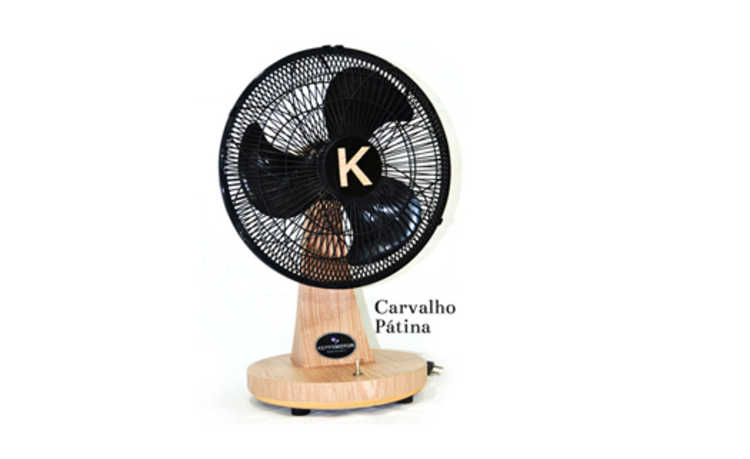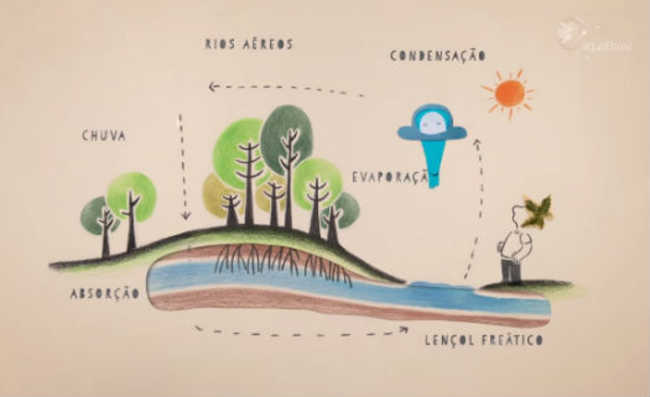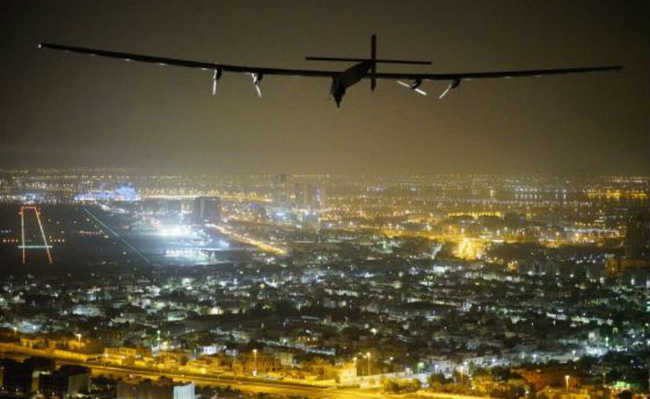What is energy?
Energy manifests itself in different ways and is related to the ability to produce work

Image of Federico Beccari in Unsplash
There is no exact definition for energy, but in physics it is an extremely important concept that represents the ability to produce work or perform an action. The word is also used in other scientific areas, such as biology and chemistry.
Energy plays an essential role in all areas of life, being the most important magnitude of physics. Living beings depend on energy to survive and obtain it through food, in the form of chemical energy. In addition, organisms also receive energy from the Sun.
General Principle of Energy Conservation
In physics, the term conservation refers to something that doesn't change. This means that the variable in an equation that represents a conservative quantity is constant over time. Furthermore, this system says that energy is not lost, formed or destroyed: it just transforms.
Energy Units
The unit of energy defined by the International System of Units is the joule (J), which is defined as the work done by a force of a Newton at a displacement of 1 meter. However, energy can also be described in other units:
- Calorie (lime): is the amount of energy needed to raise the temperature of one gram of water from 14.5 to 15.5 degrees Celsius. One joule equals 0.24 calories;
- Kilowatt-hour (kWh): is commonly used to measure electrical consumption (1 kWh = 3.6 . 106 J);
- BTU (British Thermal Unit): British thermal unit 1 BTU = 252.2 calories;
- Electron-volt (eV): It is the amount of kinetic energy gained by a single electron (electron) when it is accelerated by an electric potential difference of one volt, in vacuum (1 eV = 1.6 . 10–19 J).
Types of Energy
Energy is a unique quantity, but depending on how it manifests, it receives different names. Learn about the main types of energy in physics:
Kinetic energy
Kinetic energy is related to the state of motion of a body. This type of energy depends on its mass and velocity module. The greater the modulus of the body's velocity, the greater the kinetic energy. When the body is at rest, that is, the velocity module is zero, the kinetic energy is zero.
Potential energy
Potential energy is associated with the position that a body occupies or with the deformation of an elastic system. In the first case, the potential energy is called gravitational potential energy, while in the second, elastic potential energy.
The gravitational potential energy depends on the mass, gravity and height of the point where the body is being analyzed. The elastic potential energy, on the other hand, derives from the elastic constant and the deformation of the spring in question.
Mechanical Energy
Mechanical energy is energy that can be transferred through force. Basically, it can be understood as the sum of the kinetic and potential energy of a body.
Mechanical energy remains constant in the absence of dissipative forces, only the conversion between its kinetic and potential forms takes place.
Thermal energy
Thermal energy or internal energy is defined as the sum of the kinetic and potential energy associated with the microscopic elements that make up matter. The atoms and molecules that make up bodies have random movements of translation, rotation and vibration. This movement is called thermal agitation. The variation of thermal energy in a system occurs through work or heat.
Theoretically, thermal energy is linked with the degree of movement of subatomic particles. The higher the temperature of a body, the greater its internal energy. When a higher temperature body comes in contact with or a lower temperature body, heat transfer will occur.
Electricity
Electric energy is the energy produced from the electrical charges of subatomic particles. Charges, as they move, generate electrical current, creating what we call electricity.
Light or Solar Energy
Light energy is formed by a range of waves that can be picked up by the eyes. Furthermore, it is perceived by plants, which use it in the photosynthesis process. Light rays, which are a form of electromagnetic radiation, reach our eyes, hit the retina, and generate an electrical signal that travels along the nerves to the brain.
It can be transformed into thermal or electrical energy and applied to various uses. The two main ways of using solar energy are electricity generation and solar water heating. For the production of electrical energy, two systems are used: the heliothermal, in which the irradiation is first converted into thermal energy and later into electrical energy; and photovoltaic, in which solar radiation is directly converted into electrical energy.
Sound Energy
Sound energy is transmitted through the air, by molecular movement between two or more objects, causing a sound wave. The sound wave consists of regions of compression of molecules (molecules close together, higher pressure) and regions of rarefaction of molecules (molecules far apart, lower pressure). Sound can be produced when two objects are in opposite directions or, if they are in the same direction, have different speeds.
Speech waves and other common sounds are complex waves, produced at many different frequencies of vibration. Upon reaching the ear, the sound energy is transformed into electrical signals, which travel along nerves to the brain and thus we perceive sound.
Nuclear energy
Nuclear energy is the energy produced in thermonuclear plants. The working principle of a thermonuclear plant is the use of heat to generate electricity. The heat comes from splitting the nuclei of uranium atoms into two parts, a process called nuclear fission.
Radiation is widely used in medicine, X-rays, radiation therapy, but it is also associated with negative effects such as atomic bombs and nuclear waste.










